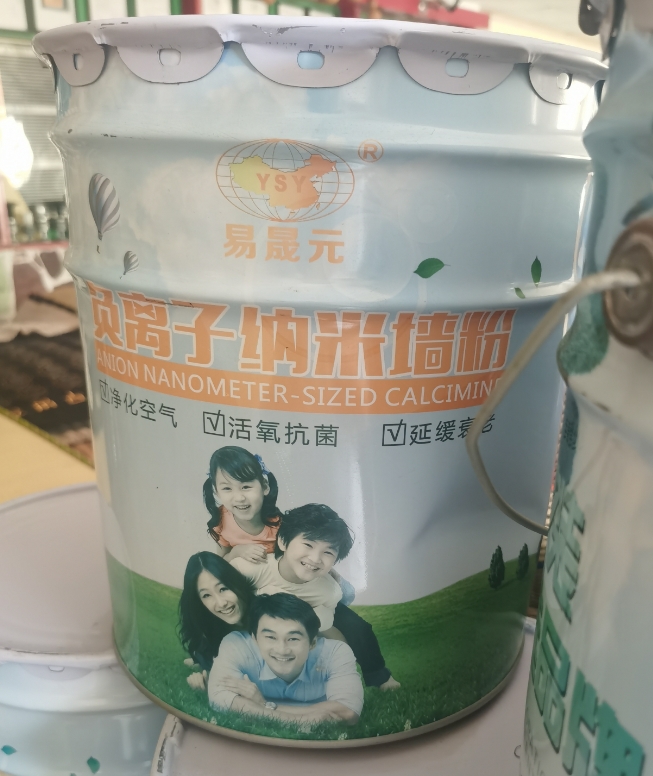
In Alaska, where winter brings extreme cold, harsh winds, and heavy snowfall, constructing a sauna room that can withstand these conditions is of utmost importance. The choice of materials plays a crucial role in ensuring the durability and functionality of the sauna. Here are some of the most durable materials suitable for building sauna rooms in Alaska's challenging winter environment.
Cedar is a popular choice for sauna construction in many regions, and it is also well-suited for Alaska's winters. It has natural resistance to rot, decay, and insect damage. The oils present in cedar wood help repel moisture, which is essential in a climate where humidity levels can vary greatly. Cedar also has a pleasant aroma that adds to the overall sauna experience. Its insulating properties are relatively good, helping to maintain the heat inside the sauna room more effectively. In the harsh Alaskan winter, cedar can withstand the cold temperatures without warping or cracking easily, making it a reliable option for the structure of the sauna.
Spruce is another type of wood that can be considered. It is strong and durable, able to bear the weight and stress of the sauna's construction. Spruce has good thermal conductivity, which means it can help in evenly distributing the heat within the sauna. It is also relatively resistant to the cold and can maintain its integrity in the freezing Alaskan winters. However, it may require more maintenance in terms of protecting it from moisture compared to cedar. But when properly treated and maintained, spruce can make a sturdy and long-lasting framework for the sauna room.
Rock wool insulation is an excellent choice for a sauna in Alaska's harsh winter conditions. It has high thermal resistance, which helps to keep the heat inside the sauna and prevent it from escaping into the cold surroundings. It is also fire-resistant, providing an added safety measure. Rock wool is not affected by moisture as much as some other insulation materials, and it can maintain its insulating properties even in the humid environment of a sauna. In the cold Alaskan winters, it helps to reduce energy consumption by keeping the sauna warm, and its durability ensures that it will continue to perform well over time.
Expanded polystyrene (Styrofoam) is another option for insulation. It has good insulating capabilities and is lightweight, making it easy to handle during construction. Styrofoam can effectively prevent heat loss in the sauna room, keeping it warm and comfortable even in the extreme cold of Alaska. It is also resistant to moisture to some extent, although it may not be as durable as rock wool in the long run. However, with proper installation and protection, it can provide adequate insulation for the sauna and contribute to its energy efficiency during the winter months.
When it comes to heating elements for the sauna, stainless steel is a top choice. It is highly resistant to corrosion, which is crucial in a humid and sometimes salty air environment like that in Alaska near the coast. Stainless steel heating elements can withstand the high temperatures required for a sauna and maintain their performance over time. They are durable and reliable, ensuring that the sauna can be heated efficiently even in the coldest of Alaskan winters. Their resistance to rust and other forms of degradation means they will have a longer lifespan, reducing the need for frequent replacements and saving on maintenance costs.
Cast iron heating elements are also known for their durability. They can store and radiate heat well, providing a consistent and efficient heating source for the sauna. Cast iron is able to withstand the thermal stresses and the harsh conditions of an Alaskan winter. It may not be as corrosion-resistant as stainless steel, but with proper care and maintenance, such as regular cleaning and applying protective coatings, cast iron heating elements can serve well in a sauna room. They add a traditional and sturdy feel to the sauna's heating system and can contribute to a long-lasting and effective heating solution.
For the doors and windows of the sauna room, tempered glass is a good option. It is much stronger than regular glass and is less likely to break. In the cold Alaskan winters, when there may be temperature differences between the inside and outside of the sauna, tempered glass can withstand the thermal stress. It also provides good visibility, allowing users to enjoy the view outside while still maintaining privacy. Tempered glass is resistant to moisture and can handle the humid environment inside the sauna. It adds a modern and aesthetic touch to the sauna room while ensuring durability and functionality in the harsh winter conditions.
PVC frames for doors and windows are another viable choice. PVC is durable and resistant to the cold. It does not warp or crack easily in low temperatures like those in Alaska's winter. It provides good insulation, helping to prevent heat loss through the openings. PVC is also relatively maintenance-free and is resistant to moisture and corrosion. The frames can be sealed tightly to ensure that the heat stays inside the sauna room. They come in different colors and styles, allowing for customization to match the overall design of the sauna while offering durability and performance in the harsh winter environment.

